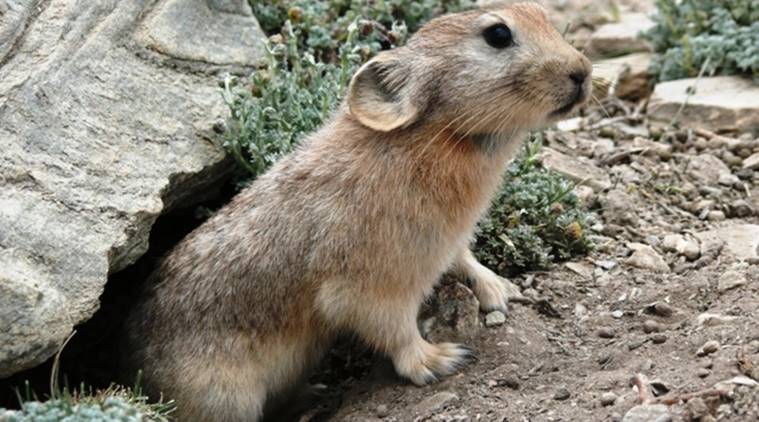

The mast cell of the pika in the TEM images had granules of low electron density and with relatively long microvilli and rather large mitochondria. These photographs are of the first one that has been spotted in 20 years. Their population is native to China is likely to have dropped to less than 1,000. This is also one of the rarest and most endangered living beings in the world. Dermal mast cells, which are distributed in the stratum reticulare in rabbits and guinea pigs, were distributed in the stratum papillare right beneath the epidermis. The gorgeous rabbit that you’ve probably never heard of, the Ili Pika. The cell arrangement in the stratum basale was more compact than that in the rabbit. Pika is a pure-Python implementation of the AMQP 0-9-1 protocol that tries to stay fairly independent of the underlying network support library. In the epidermis of the pika, the strata corneum, granulosum, spinosum and basale were rather clearly distinguished. Both of them were the thickest in the dorsal region followed by the interscapular area, while they were the thinnest in the abdominal region. It is the only member of the genus Bunolagus because of unique traits that.
PIKA RABBIT SKIN
The skin and epidermis of the pika trunk were 1.16mm and 29.5 microns thick, on the average, respectively. The riverine rabbit ( Bunolagus monticularis ), also known as the bushman rabbit or bushman hare, is a rabbit with an extremely limited distribution area, found only in the central and southern regions of the Karoo Desert of South Africa 's Northern Cape Province.

The pika had a hair cycle similar to that of the rabbit. In some places pika are commonly called rock rabbits or little chief hare. To examine the usefulness of the pika, Ochotona rufescens rufescens, as an experimental animal for skin irritability tests, the histological structure and enzymatic histochemical reactivity of pika skin were investigated. pika A small high-altitude mammal that most literally makes hay while the.


 0 kommentar(er)
0 kommentar(er)
